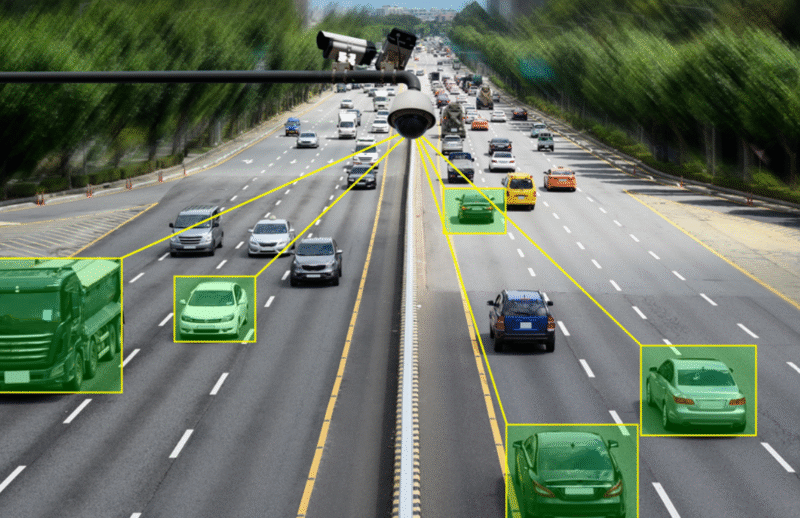Last updated on November 18th, 2025 at 12:06 pm
I get it edge computing appears to be another one of those buzzwords that tech people make up at conferences. But here’s the thing: I’ve been covering how cities are actually using this stuff, and it is much more down to earth than you might expect.
Rather than dispatching every bit of data to a remote cloud server thousands of miles away, edge computing processes information right where it is produced at traffic lights, on surveillance cameras, in street sensors. It’s as though rather than one overwhelmed helper downtown, there were instead a smart assistant in every neighborhood.
Table of Contents
Why Your City Needs This One (And How to Get Started)
Here’s what I found when I examined Barcelona’s tactical set-up. Not just talking about smart cities running edge-powered cameras that aid blind people in navigating streets. And all of the processing is done locally using server resources in the area, so there’s no lag. That’s what edge computing does.
Start with traffic management. It’s the easiest win. Implement edge-enabled sensors at your highest-traffic intersections. These systems monitor traffic patterns in real time and optimize the duration of the signals. London uses this to meter out congestion, with clear results less waiting, smoother traffic flow.
You don’t have to transform your entire city infrastructure overnight. Choose one area of concern, install edge sensors and watch what happens.

Three Places You’ll See an Immediate Impact
Energy grids come first. Attach smart meters to edge processors that watch consumption habits in the local network. When demand spikes, or a storm stirs the grid, they can respond immediately — no need for data to ping around via a central server. Chattanooga has proven this out during natural disasters, when lights stay on as traditional systems would have failed.
Public safety receives a big jump start. Cameras equipped with edge can identify unexpected activities and notify authorities, without sending hours of video feed to far-off servers. This processing takes place on the spot for faster response times and better privacy, since any sensitive footage remains local.
Environmental monitoring becomes proactive. Roll-out sensors that monitor air quality and noise levels across the city. Amsterdam relies on this technique to take timely action when spikes in pollution occur. The edge devices crunch data on the spot and raise alerts before issues ripple outward.
The Real-World Implementation Checklist
I’ve interviewed enough city planners to understand what really works. Here’s your practical roadmap:
Phase 1: Evaluate your current infrastructure. What kind of network coverage do you get? Where are the dead zones? Edge computing must be fast, but not necessarily 5G everywhere. Begin where your infrastructure is strongest.
Phase 2: Select your pilot project. Traffic management or smart lighting would be your best bets. They’re visible, measurable and residents can see the changes quickly. And they are less complicated than diving right into autonomous vehicle networks.
Phase 3: Partner strategically. You will require vendors for edge devices, you network experts, and data analytics platforms. Don’t try to build everything from scratch. The cities that do well often partner with seasoned tech companies but maintain control over data governance.
Phase 4: Solve for security on Day 1. The irony here is that with edge computing, the more you network, the more opportunities you create for attack. “All those small things need to be done before you even start so there is the defined task of creating all this encryption, multi-factor authentication and continuous monitoring.”
Phase 5: Begin with a whimper; scale with intelligence. Deploy in one district first. Figure out what works, fix what doesn’t and grow. Singapore phased in their smart nation initiative, taking years to build the layers instead of jumping in.
Making It Work for Your Budget
The upfront costs aren’t cheap they’re shelling out for the edge servers, sensors and network gear. But here’s what I thought was interesting: the longer-term savings are bona fide. You’ll save bandwidth, use less energy, and reduce costs related to centralized data centers.
Free training materials can get your team up to speed with no consultants needed. The Linux Foundation provides a full course focused on business considerations for edge computing. Smart city IEEE also has a 5-part initiative on smart city applications.
The trick is for the industry to start thinking of edge computing as infrastructure investment, not some tech experiment. You are laying the groundwork for decades of urban innovation.
FAQs
You can do edge computing in a city-like environment, so how long does it take to deploy?
It depends on your scope. A pilot project (such as smart traffic lights in one district) can start within 3-6 months. Normal time to deploy City-wide being 2-5 years. Barcelona didn’t develop their system overnight they began with very particular use cases and expanded based on what worked.
What is the single biggest mistake cities make when it comes to edge computing?
Treating it purely as a technology project rather than a strategic pivot. The ones that struggle are the cities that buy hardware without preparing for data governance, security protocols and staff training. You need the policies and people, along with the tech.
Can edge computing help small cities, or is that only for big metros?
Small cities are, in fact, better off less complexity means faster decision-making; tighter budgets mean smarter choices. You don’t need Barcelona’s resources. Begin with one high-impact application, like smart parking or water monitoring. The technology, it turns out, scales down just fine.
I’m a technology writer with a passion for AI and digital marketing. I create engaging and useful content that bridges the gap between complex technology concepts and digital technologies. My writing makes the process easy and curious. and encourage participation I continue to research innovation and technology. Let’s connect and talk technology! LinkedIn for more insights and collaboration opportunities:
